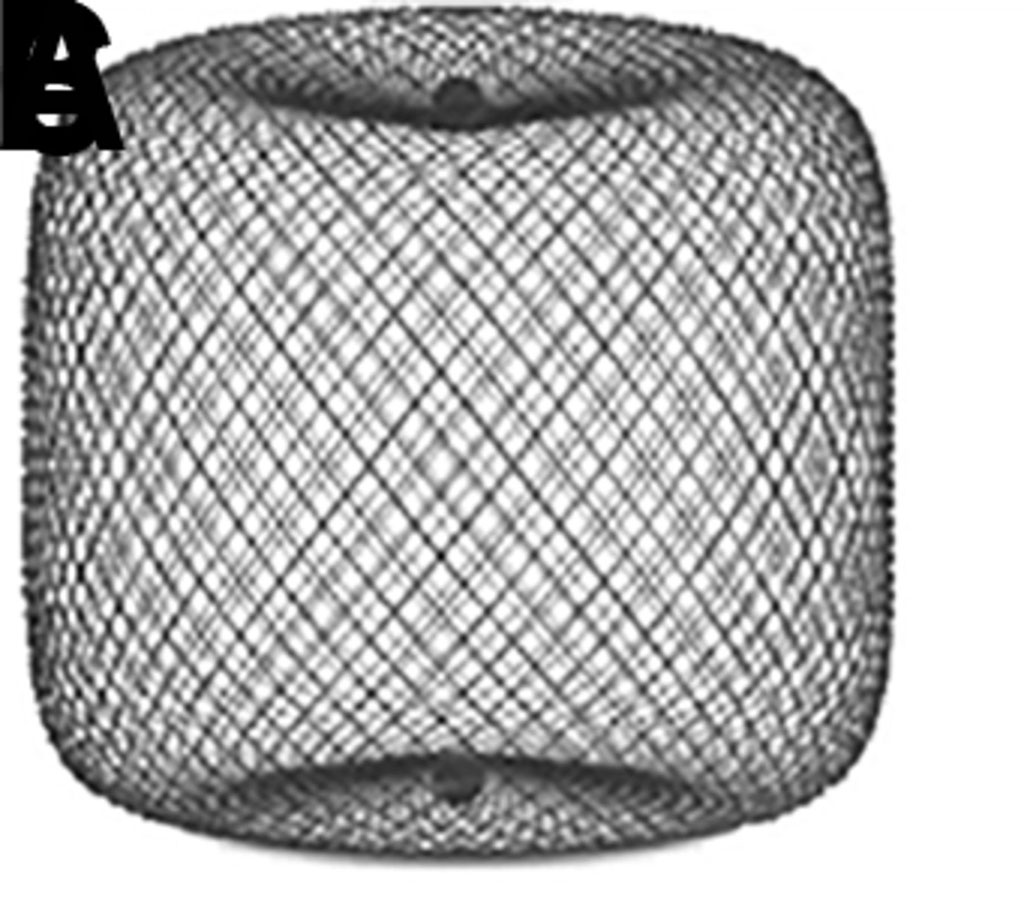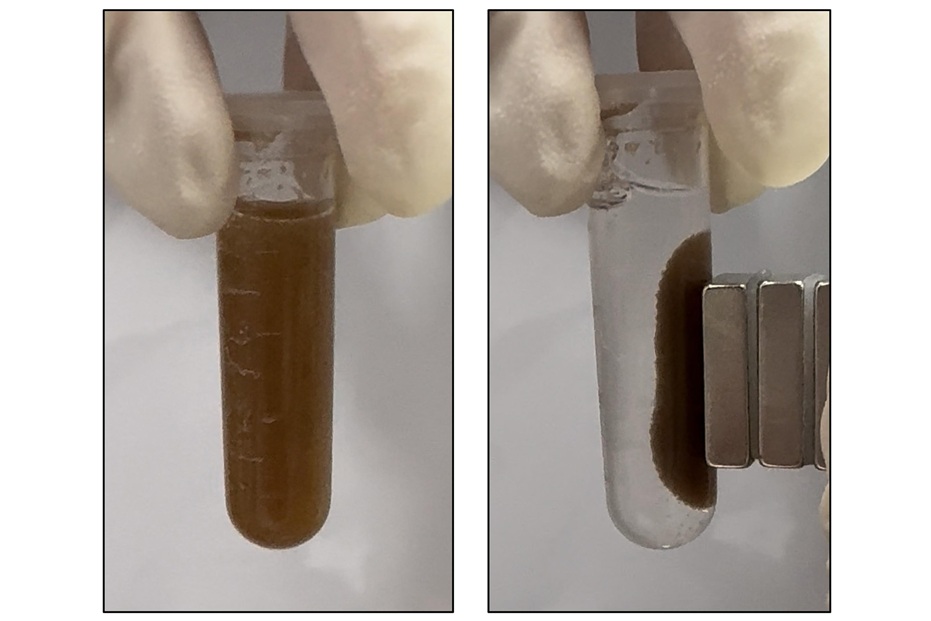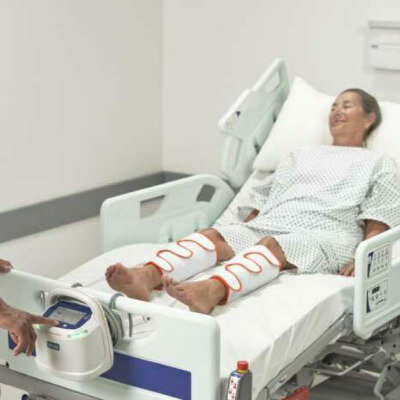Newly Approved Device Safely Treats Challenging Brain Aneurysms
|
By HospiMedica International staff writers Posted on 10 Jan 2022 |

A recent international study of patients with brain aneurysms has found that the Woven EndoBridge (WEB) device has a favorable efficacy and safety profile.
The study led by researchers at the Massachusetts General Hospital (MGH; Boston, MA, USA) and other institutions offers real-world results on the use of the novel device for treating brain aneurysms, or balloon-like bulges on weakened blood vessels that can rupture to cause life-threatening bleeding. The WEB device consists of a tiny mesh plug that can be inserted through a vessel and placed into an aneurysm to block, or occlude, blood from going into the bulging region, thereby stabilizing the vessel and preventing the aneurysm from rupturing. The device can also be used to stabilize acutely ruptured aneurysms, a critical aspect of the device as it does not require blood thinning medication as comparable therapies do.
The team found that among 671 patients with 683 brain aneurysms (26.2% previously ruptured) who were treated with the device and were followed for a median of 11 months, adequate occlusion occurred in 85.7% of aneurysms, and complete occlusion in 57.8%. Retreatment was required in 7.8% of aneurysms. Blood clot-related complications developed in 7.5% of procedures, of which only 4.0% were symptomatic and 2.0% were permanent. Bleeding complications occurred in 3.0% of procedures. No patients experienced aneurysm re-rupture after treatment.
“The WEB has recently become available in the United States, and elsewhere across the globe the device has been available for a longer time-but no large-scale study of its efficacy had been performed until now,” said lead author and founder Adam A. Dmytriw, MD, MPH, MSc, an interventional neuroradiology and endovascular neurosurgery fellow at MGH. “Thus, we founded the WorldWideWEB Consortium uniting the experience of 22 tertiary/quaternary institutions across North America, Europe, South America, and Australia.”
“Patients who are not suitable for open aneurysm surgery or who have recently had a life-threatening rupture and would be at high risk for additional bleeding if treated with conventional endovascular techniques due to the need for blood thinners, now have a viable treatment option,” added Dmytriw. “We hope that our results will help guide interventionalists in the appropriate use of the WEB so that patients with challenging brain aneurysms will have a safe option for care.”
Related Links:
Massachusetts General Hospital
Latest Surgical Techniques News
- Novel Endoscopy Technique Provides Access to Deep Lung Tumors
- New Study Findings Could Halve Number of Stent Procedures
- Breakthrough Surgical Device Redefines Hip Arthroscopy
- Automated System Enables Real-Time "Molecular Pathology" During Cancer Surgery
- Groundbreaking Procedure Combines New Treatments for Liver Tumors
- Ablation Reduces Stroke Risk Associated with Atrial Fibrillation
- Optical Tracking Method Identifies Target Areas in Robot-Assisted Neurosurgery
- General Anesthesia Improves Post-Surgery Outcomes for Acute Stroke Patients
- Drug-Coated Balloons Can Replace Stents Even in Larger Coronary Arteries
- Magnetic Kidney Stone Retrieval Device Outperforms Ureteroscopic Laser Lithotripsy
- Absorbable Skull Device Could Replace Traditional Metal Implants Used After Brain Surgery
- Magic Silicone Liquid Powered Robots Perform MIS in Narrow Cavities
- 'Lab-on-a-Scalpel' Provides Real-Time Surgical Insights for POC Diagnostics in OR
- Biodegradable Brain Implant Prevents Glioblastoma Recurrence
- Tiny 3D Printer Reconstructs Tissues During Vocal Cord Surgery
- Minimally Invasive Procedure for Aortic Valve Disease Has Similar Outcomes as Surgery
Channels
Critical Care
view channel
Nasal Drops Fight Brain Tumors Noninvasively
Glioblastoma is one of the most aggressive and fatal brain cancers, progressing rapidly and leaving patients with very limited treatment options. A major challenge has been delivering effective therapies... Read more
AI Helps Optimize Therapy Selection and Dosing for Septic Shock
Septic shock is a life-threatening complication of sepsis and remains a leading cause of hospital deaths worldwide. Patients experience dangerously low blood pressure that can rapidly lead to organ failure,... Read more
Glowing Bacteria ‘Pills’ for Detecting Gut Diseases Could Eliminate Colonoscopies
Diagnosing gastrointestinal diseases such as colitis and colorectal cancer often relies on colonoscopy, an invasive procedure that many patients avoid despite ongoing symptoms like bleeding, cramping, and diarrhoea.... Read morePatient Care
view channel
Revolutionary Automatic IV-Line Flushing Device to Enhance Infusion Care
More than 80% of in-hospital patients receive intravenous (IV) therapy. Every dose of IV medicine delivered in a small volume (<250 mL) infusion bag should be followed by subsequent flushing to ensure... Read more
VR Training Tool Combats Contamination of Portable Medical Equipment
Healthcare-associated infections (HAIs) impact one in every 31 patients, cause nearly 100,000 deaths each year, and cost USD 28.4 billion in direct medical expenses. Notably, up to 75% of these infections... Read more
Portable Biosensor Platform to Reduce Hospital-Acquired Infections
Approximately 4 million patients in the European Union acquire healthcare-associated infections (HAIs) or nosocomial infections each year, with around 37,000 deaths directly resulting from these infections,... Read moreFirst-Of-Its-Kind Portable Germicidal Light Technology Disinfects High-Touch Clinical Surfaces in Seconds
Reducing healthcare-acquired infections (HAIs) remains a pressing issue within global healthcare systems. In the United States alone, 1.7 million patients contract HAIs annually, leading to approximately... Read moreHealth IT
view channel
EMR-Based Tool Predicts Graft Failure After Kidney Transplant
Kidney transplantation offers patients with end-stage kidney disease longer survival and better quality of life than dialysis, yet graft failure remains a major challenge. Although a successful transplant... Read more
Printable Molecule-Selective Nanoparticles Enable Mass Production of Wearable Biosensors
The future of medicine is likely to focus on the personalization of healthcare—understanding exactly what an individual requires and delivering the appropriate combination of nutrients, metabolites, and... Read moreBusiness
view channel
Philips and Masimo Partner to Advance Patient Monitoring Measurement Technologies
Royal Philips (Amsterdam, Netherlands) and Masimo (Irvine, California, USA) have renewed their multi-year strategic collaboration, combining Philips’ expertise in patient monitoring with Masimo’s noninvasive... Read more
B. Braun Acquires Digital Microsurgery Company True Digital Surgery
The high-end microsurgery market in neurosurgery, spine, and ENT is undergoing a significant transformation. Traditional analog microscopes are giving way to digital exoscopes, which provide improved visualization,... Read more
CMEF 2025 to Promote Holistic and High-Quality Development of Medical and Health Industry
The 92nd China International Medical Equipment Fair (CMEF 2025) Autumn Exhibition is scheduled to be held from September 26 to 29 at the China Import and Export Fair Complex (Canton Fair Complex) in Guangzhou.... Read more














